1. Introduction to YAG Crystals
Yttrium Aluminum Garnet, commonly referred to as YAG, is a crystalline material that forms the cornerstone of many laser systems. These synthetic crystals have revolutionized the laser industry since their inception in the 1960s, primarily due to their unique ability to host a variety of doping ions.
YAG crystals serve as the backbone of the laser medium in which light amplification occurs, a process that gives lasers their name (Light Amplification by Stimulated Emission of Radiation). Their role is to house the doping ions, often rare-earth elements, that generate laser light when suitably excited.
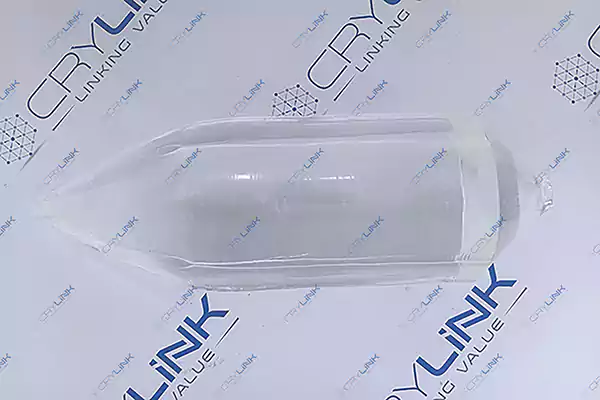
The versatility of YAG crystals and their compatibility with a range of doping ions make them a highly versatile material for the laser industry. Their use spans from medicine to manufacturing and research, touching countless aspects of everyday life.
2. Structure and Properties of YAG Crystals
The garnet structure of YAG crystals comprises yttrium and aluminum ions coordinated by oxygen. This structure, with its particular spatial configuration, offers sites that can accommodate various rare-earth ions, thereby leading to different types of doped YAG crystals.
From a physical standpoint, YAG crystals showcase high thermal stability, enabling them to perform under high-power laser operations without substantial degradation. Their low thermal expansion coefficient, meaning they don’t expand or contract significantly with temperature changes, adds to their stability under heat-generating laser operations. Also, with a hardness similar to that of sapphire and ruby, YAG crystals can withstand mechanical stresses without easily cracking or breaking.
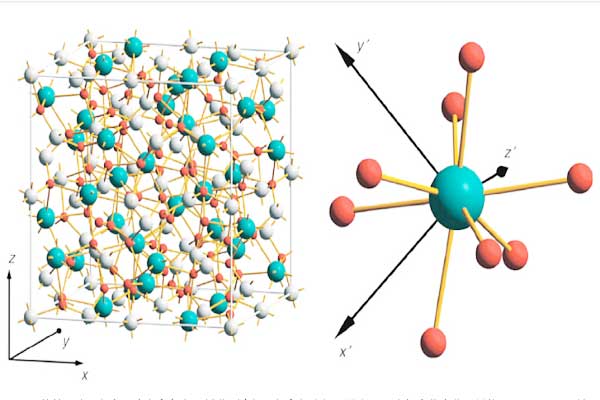
In terms of optical properties, undoped YAG crystals are typically transparent from the near ultraviolet to the mid-infrared regions of the spectrum, making them suitable for a wide range of laser wavelengths. The high damage threshold of YAG crystals, or their ability to endure high laser intensities without physical degradation, adds to their appeal as a laser medium.
Finally, YAG crystals have excellent chemical stability. They are insoluble in water and resistant to attack by most common acids and alkalis, ensuring their longevity and durability in various operating environments.
Understanding the structure and properties of YAG crystals helps illuminate why they are such a popular choice in the laser industry. These properties lay the groundwork for the successful operation of various types of YAG-based lasers, each of which leverages the unique characteristics of different doping ions.
The full article would continue by providing a deeper dive into the different types of YAG crystals, such as Nd:YAG, Er:YAG, Ho:YAG, and Cr,Tm,Ho:YAG, discussing their specific properties, advantages, disadvantages, and applications. Ultimately, this exploration will highlight the broad scope of YAG crystals’ contributions to the laser industry.
3. Common Types of YAG Crystals and Their Applications
3.1. Neodymium-doped YAG (Nd:YAG)
One of the most prevalent and diversely utilized types of YAG crystals is Neodymium-doped YAG or Nd:YAG. In Nd:YAG crystals, neodymium ions replace some of the yttrium ions in the YAG crystal structure, providing the crystal with its laser-generating properties.
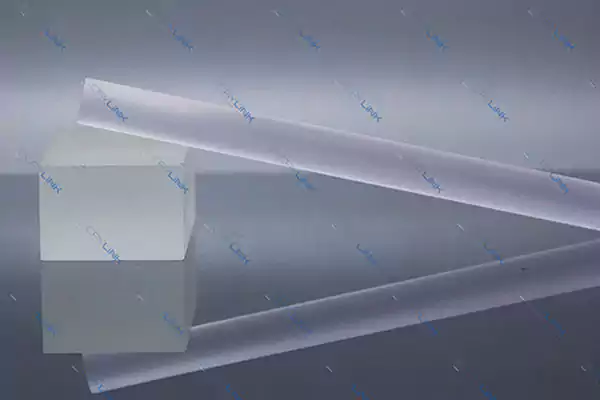
The primary characteristic of Nd:YAG lasers is their emission of coherent light at a wavelength of 1064 nm, in the near-infrared part of the spectrum. This particular wavelength is invisible to the human eye, but is incredibly beneficial for a multitude of applications.
In medicine, Nd:YAG lasers are widely used in various surgical procedures due to their strong interaction with biological tissues. They have been instrumental in eye surgeries such as posterior capsulotomy and peripheral iridotomy, where precision is critical. Furthermore, in the field of dermatology, Nd:YAG lasers are used to treat a range of skin conditions, including vascular lesions, hyperpigmentation, and even hair removal.
The manufacturing industry also reaps the benefits of Nd:YAG lasers. Due to their high power output and precision, these lasers are frequently employed in cutting, welding, and drilling processes, particularly for metals and ceramics. They also play a pivotal role in laser engraving and marking, contributing to everything from personalized gift manufacturing to large-scale industrial part marking for traceability.
Beyond medicine and manufacturing, Nd:YAG lasers serve a valuable purpose in scientific research, being employed in various spectroscopic techniques, holography, and as pump sources for other types of lasers.
3.2. Erbium-doped YAG (Er:YAG)
Erbium-doped YAG crystals, or Er:YAG, present a different set of properties and associated applications. The inclusion of erbium ions into the YAG crystal structure results in lasers that emit light at a wavelength of 2940 nm, in the mid-infrared region.
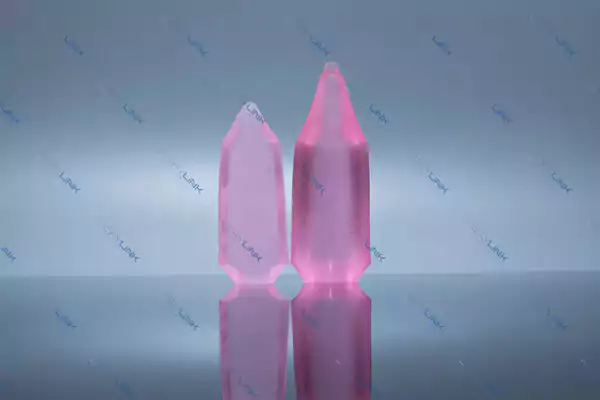
This specific wavelength is strongly absorbed by water, which forms the basis for many of its applications. Given that biological tissues have a high water content, Er:YAG lasers offer excellent precision with minimal thermal damage, making them ideal for various medical and dental procedures.
In the field of dermatology, Er:YAG lasers are known for their efficacy in skin resurfacing procedures, effectively treating wrinkles, scars, and pigmentation issues. The precision and control they offer result in significantly less damage to the surrounding tissue compared to other laser types.
Similarly, in dentistry, Er:YAG lasers are used in various procedures from cavity preparation to periodontal surgery. They offer a more patient-friendly approach, often leading to less pain and faster recovery times.
3.3. Holmium-doped YAG (Ho:YAG)
Replacing yttrium ions with holmium ions in the YAG crystal structure results in Ho:YAG crystal. They emit light at a wavelength of 2100 nm, also in the mid-infrared region, absorbed by water and biological tissues.
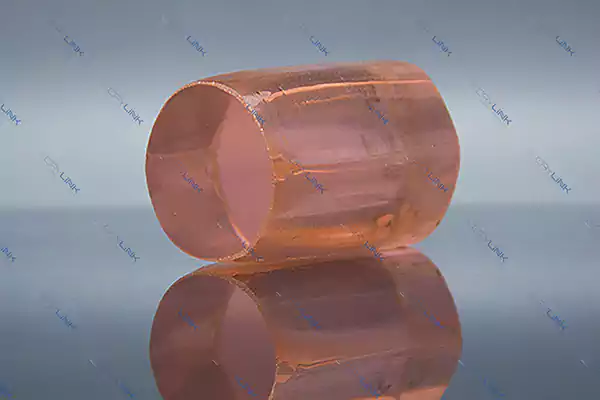
Ho:YAG lasers are predominantly used in medical applications. One notable use is in lithotripsy, a procedure to break down kidney stones or gallstones. The particular wavelength and energy characteristics of Ho:YAG lasers make them optimal for such applications, where precision and minimal invasiveness are required.
3.4. Chromium, Thulium, Holmium-doped YAG (Cr,Tm,Ho:YAG)
Cr,Tm,Ho:YAG is a uniquely triply-doped YAG crystal, with chromium, thulium, and holmium ions embedded within the YAG lattice. The simultaneous energy transfer between these ions enables robust laser output in the mid-infrared range, around the 2-micron wavelength.
Such lasers have gained traction in medical applications due to their precise cutting ability and minimized thermal damage. They’re employed in ENT surgery for removing polyps or tumors, and in urology, specifically in laser lithotripsy for treating kidney stones.

Additionally, Cr,Tm,Ho:YAG lasers are useful in atmospheric sensing, contributing to environmental monitoring and climate studies. Their unique interaction with atmospheric components allows for accurate measurements of various atmospheric conditions. These lasers are also being explored for potential uses in defense, long-distance communication, and scientific research, proving their versatility and reinforcing their significance in the laser landscape.
4. Conclusion: The Power of YAG in the Laser Industry
In conclusion, YAG crystals are at the heart of many laser systems. By understanding the characteristics and applications of different types of YAG crystals, we can appreciate their central role in the laser industry. Whether it’s Nd:YAG, Er:YAG, Ho:YAG, or Cr,Tm,Ho:YAG, each has unique properties that make it suited to specific applications, reflecting the power and versatility of YAG in the world of lasers.

Frank
Frank graduated from the University of Shanghai for Science and Technology, majoring in optics. As a technical engineer at Crylink Company, he deeply understands crystal materials and laser components.
Related Video(s) with this Article
Related Product(s) with this Article
Related Application(s) with this Article
